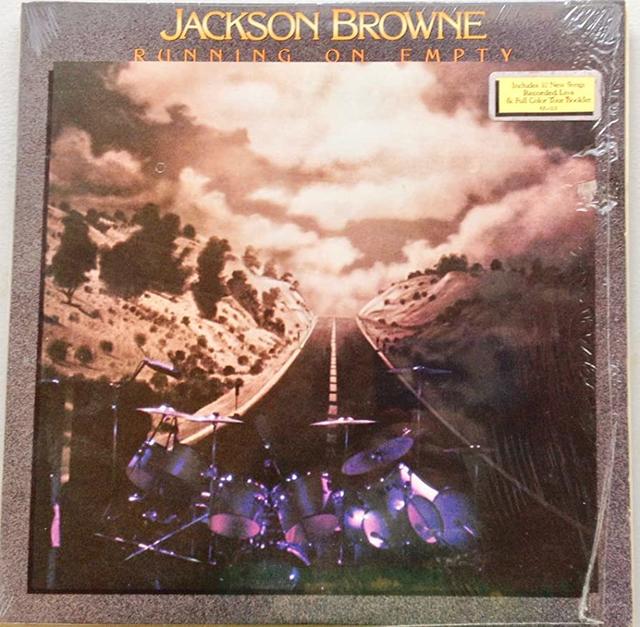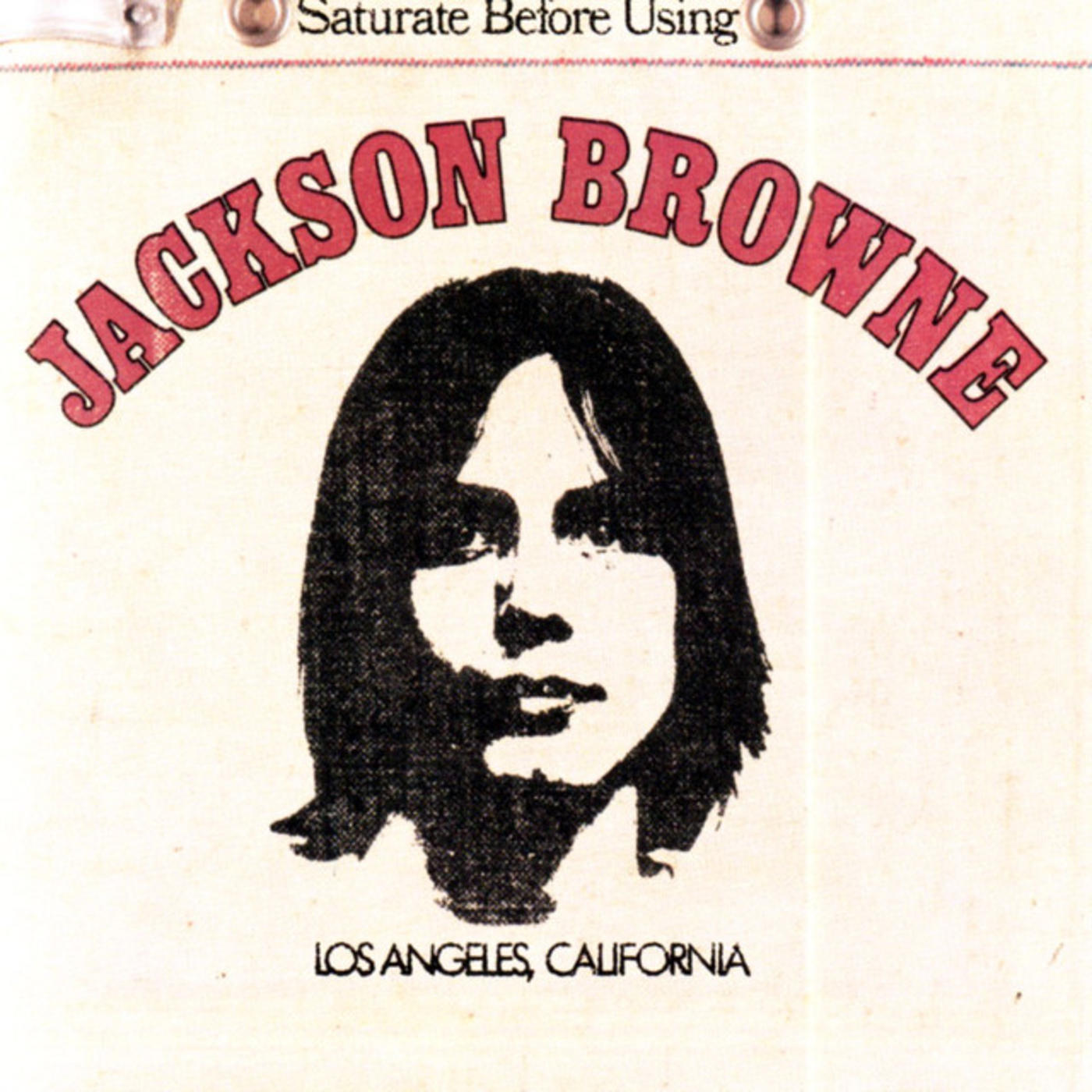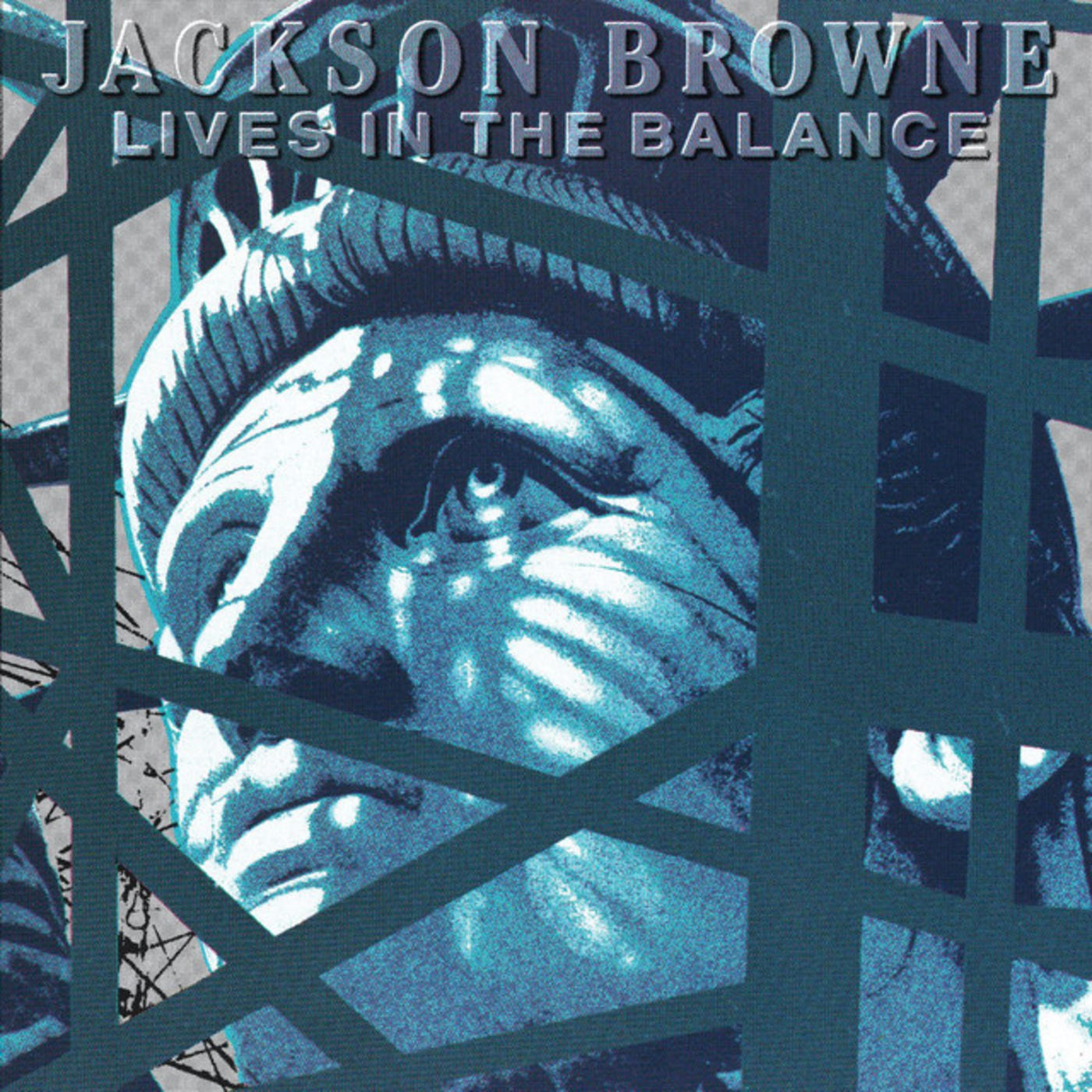December 1977: Jackson Browne Releases RUNNING ON EMPTY

The year 1976 had been devastating for singer-songwriter Jackson Browne. His wife, model Phyllis Major, had committed suicide, leaving Browne to raise their toddler son alone. The grief of her death permeated his fourth album, The Pretender (1976), most notably on songs like hit single, "Here Come Those Tears Again," co-written by Major's mother, Nancy Farnsworth.
When it came time for Browne to record a follow-up, he landed on a brilliant concept: having immersed himself into life on the road, the singer decided on making an album all about just that: the days and nights of a traveling musician living on tour. Running on Empty arrived at the very tail end of 1977, going on to be one of rock's biggest stories (and records) of 1978.
The song's title track and opening cut blasted strong right out of the gate, landing on radio playlists across the country as the single soared up the charts. "Running on Empty" went on to peak at #11 on the Hot 100 for the week of April 29, 1978. The #1 song in America that week: the Bee Gees, "Night Fever."
Following the chart success of the opening track/title cut, Browne went to the LP's finale for the second single: his version of Maurice Williams' and the Zodiacs' classic "Stay," which was butted right up against his own tune, "The Load-Out," a tribute to the road crew which beautifully captures the end of a successful night onstage. Both were recorded live during a concert at the Merriweather Post Pavilion in Columbia, Maryland, on August 27, 1977.
"I've always been real close with my crew," Browne explained to Redbeard. "As a matter of fact, the guy who's my manager now. Lines like, "The first to come and the last to leave," come from him. His name's Buddha. He's a guy that you'd wind up spending an incredible amount of time with... people that you'd get to know because the closeness. These guys work really hard, and at least in those days they really did make practically the minimum wage."
As for the inspiration to add the cover of "Stay" directly after "The Load-Out," Browne was effusive: "It was just to say we're here for you. We're here because you guys came. The whole institution of the encore is a little bit false anyway. You leave the stage, and people clap to get you back. They basically have to not clap at all for you not to come back," Browne added.
"Even if they barely clap, you rush back. And if they clap really strong, you sit and bask in it a little bit, and then you go back. It's a sort of way of gauging how you're doing. We did this song, it was always after the second or third encore," the singer said. "We did it in sort of a dramatic way, as if everybody was gone. It was a way of bringing everybody back, and it was also a way of saying, 'We want to keep playing.' Because after it's over, it's over (laughs). It's like a love song to the crowd."
Jackson Browne's fans returned that love, snapping up enough copies of the Running on Empty album for it to run right up the charts. Recorded live at concert venues, hotel rooms and even on Browne's tour bus, Running on Empty the full-length was a resounding success, cruising up the Billboard 200 to park in the #3 spot for the week of March 4, 1978. The best-selling LP in America that week: the soundtrack for Saturday Night Fever.


